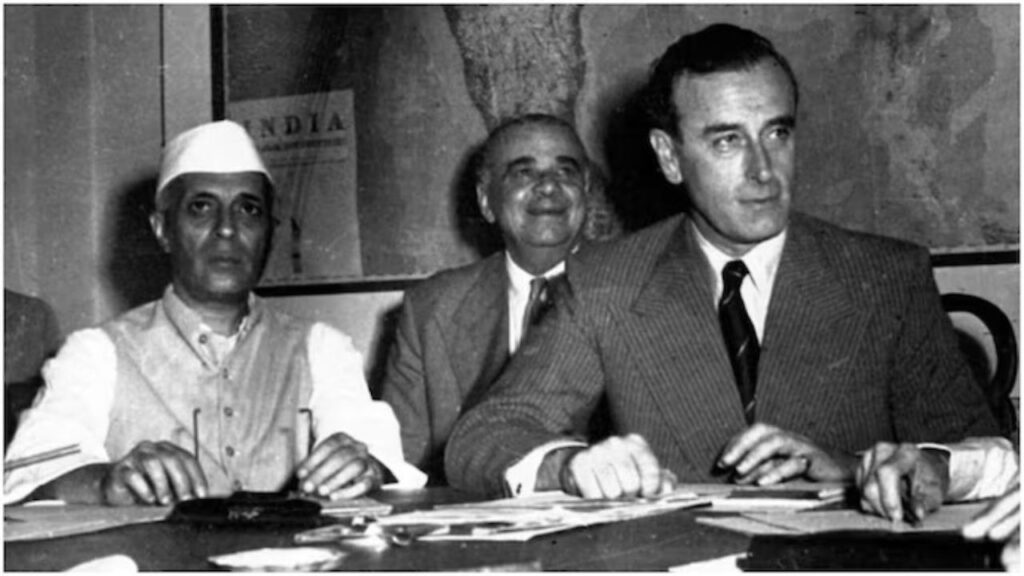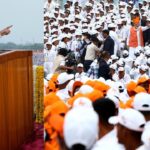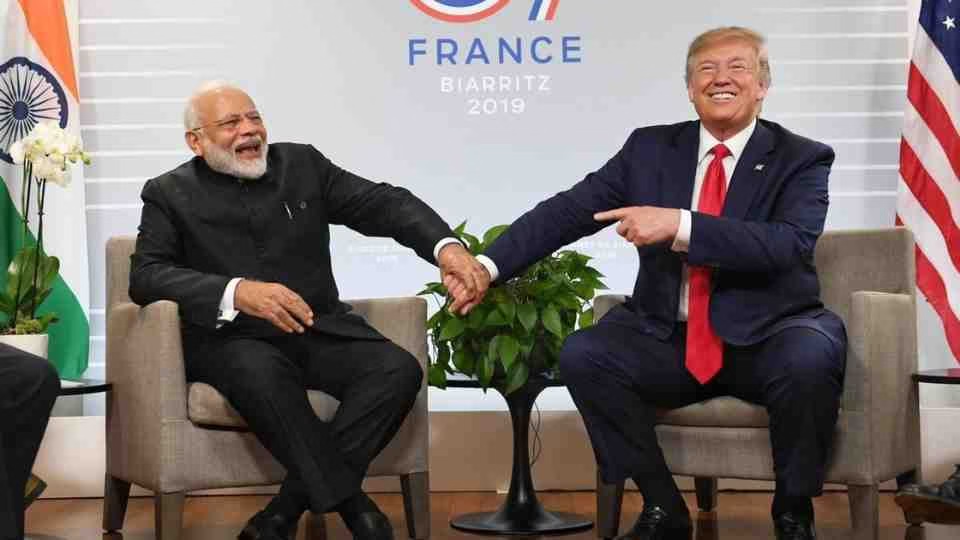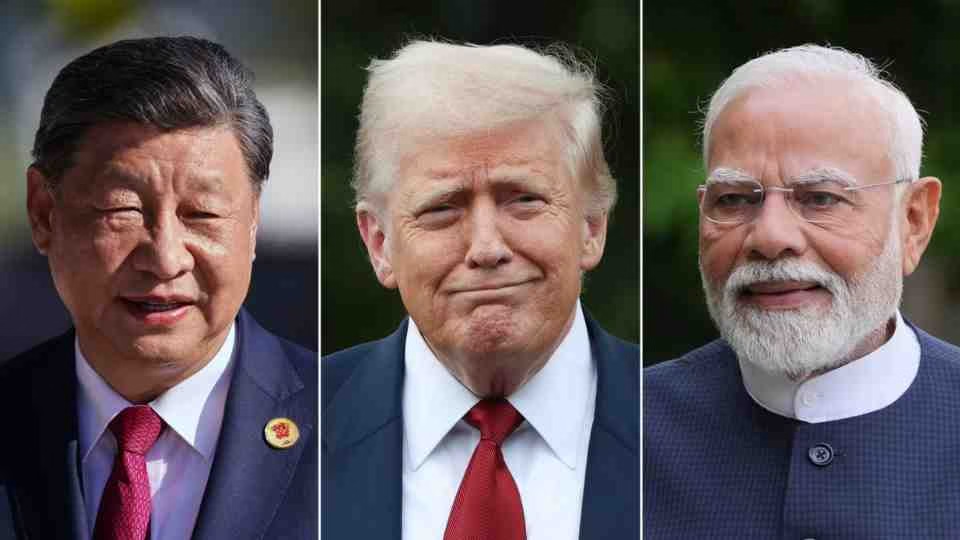The 1947 partition of British India was a chaotic and bloody event, and few decisions were as controversial as the Radcliffe Award, which drew the border between India and Pakistan. Among the most pivotal and debated choices was the allocation of the Gurdaspur district. This single decision, which gave India a crucial land link to Jammu and Kashmir, has been the subject of persistent allegations of political manipulation by key figures of the time: Lord Louis Mountbatten and Jawaharlal Nehru.
The Puzzle of Gurdaspur
The Gurdaspur district, located in northern Punjab, had a slight Muslim majority of 51.14%. According to the “notional” plan for partition, which divided provinces along religious lines, the district should have gone entirely to Pakistan. This was the logical conclusion, as the district’s geography and economy were closely tied to what would become West Pakistan.
Sir Cyril Radcliffe, the British barrister tasked with drawing the boundary in just five weeks, initially followed this logic. Historian Stanley Wolpert notes that Radcliffe’s preliminary maps in early August 1947 awarded Gurdaspur to Pakistan, a decision based on the Muslim-majority population. However, this posed a major problem for India. The main road from Delhi to Srinagar, Kashmir’s capital, passed through the Pathankot tehsil of Gurdaspur. Without this vital route, India would have been cut off from the princely state of Kashmir, which at the time was undecided on its future.
A Sudden Change of Heart
The final Radcliffe Award, completed on August 12 but not released until August 17, dramatically reversed this decision. Instead of giving the entire district to Pakistan, Radcliffe awarded three of its four tehsils—Pathankot, Gurdaspur, and Batala—to India. Only the Muslim-majority Shakargarh tehsil went to Pakistan.
This decision was a significant departure from the principle of religious majority that guided the partition. Radcliffe justified it by citing “other factors,” such as the need to protect the canal headworks that irrigated the city of Amritsar and a crucial railway line. Yet, both Gurdaspur and Batala tehsils had Muslim majorities, making the justification questionable. This outcome immediately fueled accusations from Pakistani leaders, including Muhammad Ali Jinnah, that the award was not impartial.
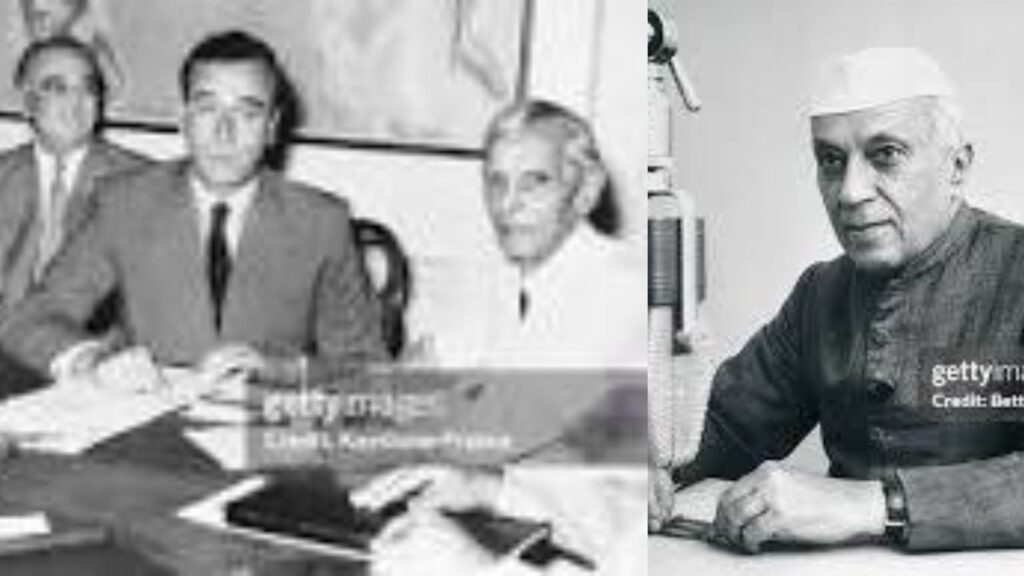
The Role of Nehru and Mountbatten
Historians like Stanley Wolpert and Alastair Lamb have pointed to what they allege was undue influence by Viceroy Lord Mountbatten and future Indian Prime Minister Jawaharlal Nehru.
- Nehru’s Concern: Nehru, who had Kashmiri roots, saw Kashmir as integral to India’s identity. Wolpert highlights that losing road access to Kashmir was one of Nehru’s “greatest concerns.” On or around August 9, 1947, just as Radcliffe was finalizing his plans, Nehru sent Mountbatten a memorandum on the importance of the canals in the Gurdaspur area—a move that some historians interpret as a subtle way of swaying the decision.
- Mountbatten’s Influence: Mountbatten, who had a close relationship with Nehru, was accused of pressuring Radcliffe to favor India. Lamb cites circumstantial evidence, such as the delay in the award’s publication, suggesting it was held back to give Maharaja Hari Singh of Kashmir time to accede to India.
The Gurdaspur link became critically important when Pakistan-backed tribesmen invaded Kashmir in October 1947. India was able to rush troops and supplies into the region via the Gurdaspur road, securing Kashmir’s accession and preventing its fall to Pakistan. Without this land route, India’s military intervention would have been logistically impossible.
Ongoing Debate and Controversy
The Gurdaspur decision remains at the heart of the Kashmir dispute. Pakistan argues that the arbitrary redrawing of the boundary enabled India’s military presence in Kashmir, while India maintains that the decision was based on objective factors like infrastructure and canal systems. Both Radcliffe and Mountbatten denied any political interference, but the lack of definitive evidence and the highly suspicious timing of events continue to fuel the debate. For many, the Gurdaspur boundary stands as a symbol of the unresolved mysteries and contentious decisions that shaped the destinies of two nations.

